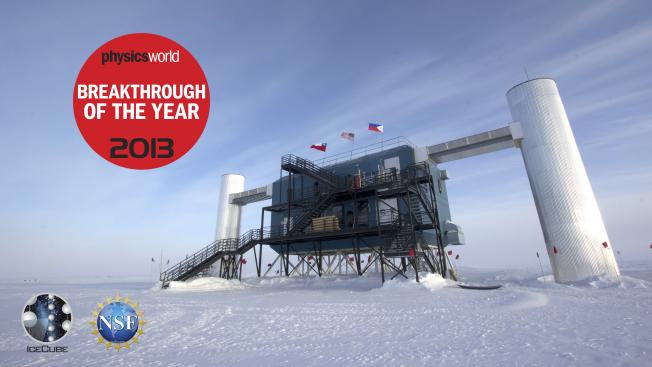An upper limit to the photon fraction in cosmic rays above 10^19 eV from the Pierre Auger Observatory
ArXiv astro-ph/0606619 (2006)
Abstract:
An upper limit of 16% (at 95% c.l.) is derived for the photon fraction in cosmic rays with energies greater than 10^19 eV, based on observations of the depth of shower maximum performed with the hybrid detector of the Pierre Auger Observatory. This is the first such limit on photons obtained by observing the fluorescence light profile of air showers. This upper limit confirms and improves on previous results from the Haverah Park and AGASA surface arrays. Additional data recorded with the Auger surface detectors for a subset of the event sample, support the conclusion that a photon origin of the observed events is not favored.Probing low-x QCD with cosmic neutrinos at the Pierre Auger Observatory
(2006)
Probing low-x QCD with cosmic neutrinos at the Pierre Auger Observatory
ArXiv hep-ph/0605086 (2006)
Abstract:
The sources of the observed ultra-high energy cosmic rays must also generate ultra-high energy neutrinos. Deep inelastic scattering of these neutrinos with nucleons on Earth probe center-of-mass energies $\sqrt{s} \sim 100$ TeV, well beyond those attainable at terrestrial colliders. By comparing the rates for two classes of observable events, any departure from the benchmark (unscreened perturbative QCD) neutrino-nucleon cross-section can be constrained. Using the projected sensitivity of the Pierre Auger Observatory to quasi-horizontal showers and Earth-skimming tau neutrinos, we show that a `Super-Auger' detector can thus provide an unique probe of strong interaction dynamics.Big-Bang nucleosynthesis (Particle Data Group mini-review)
ArXiv astro-ph/0601514 (2006)



